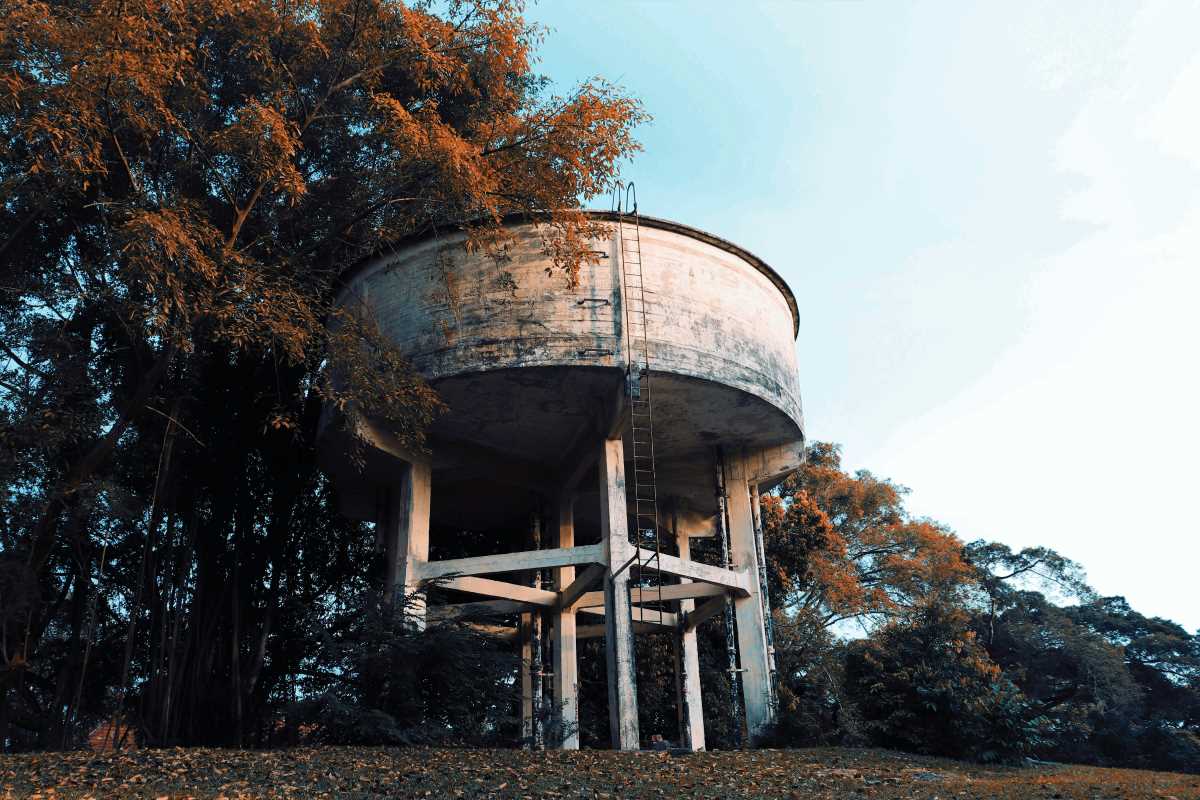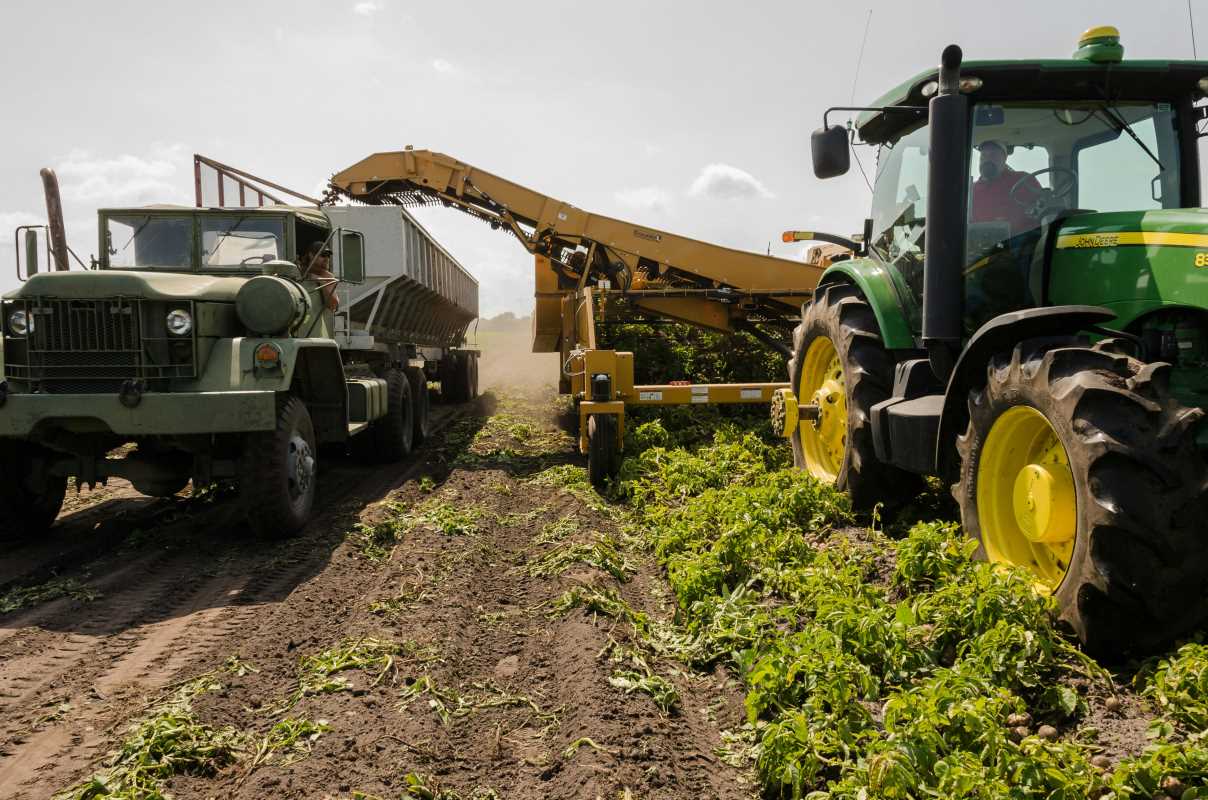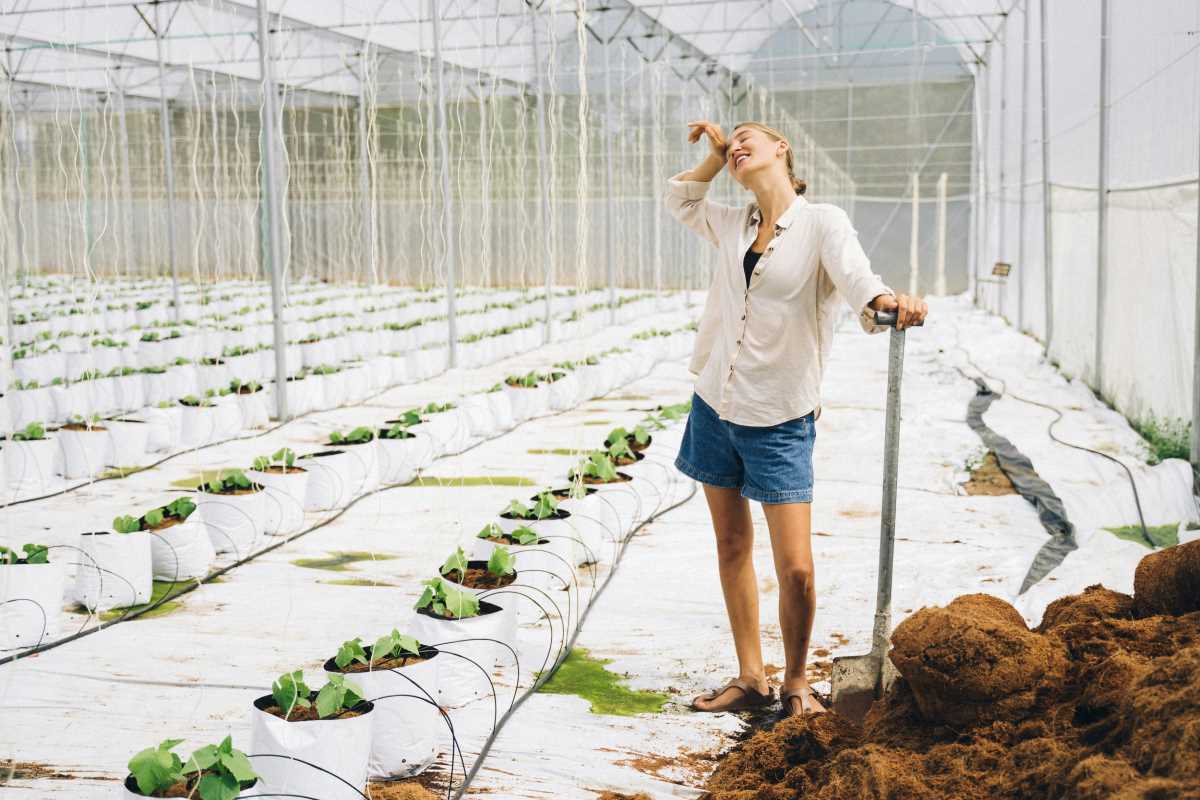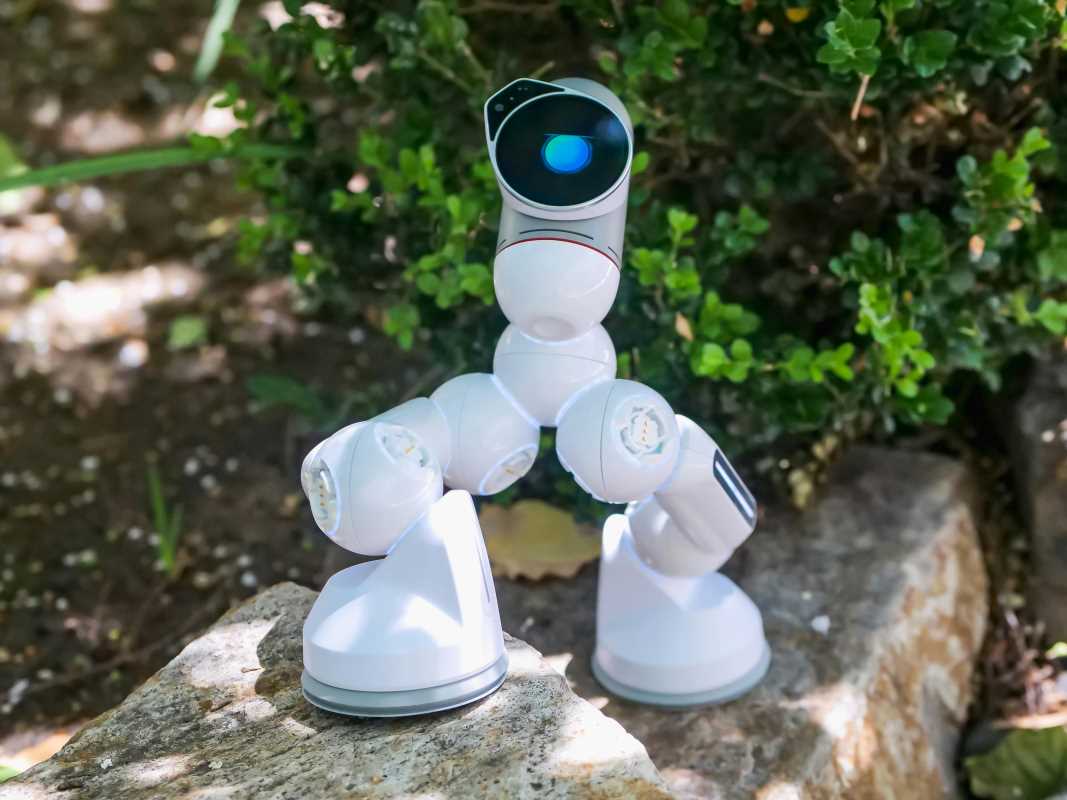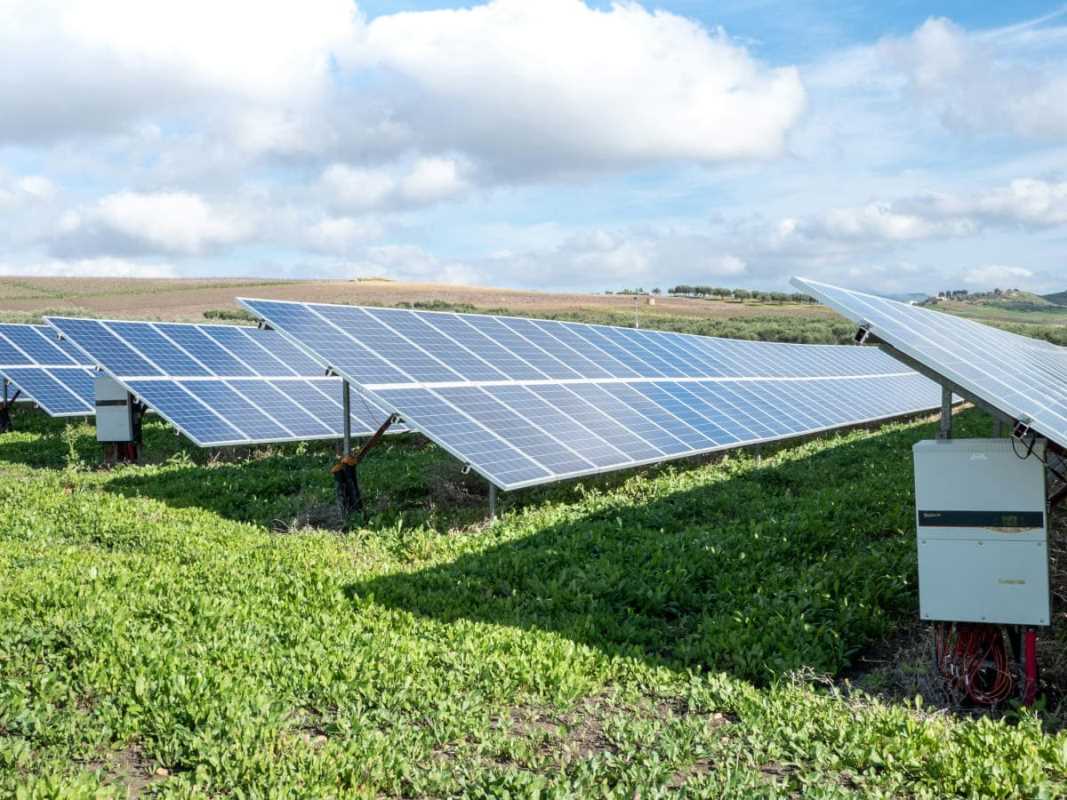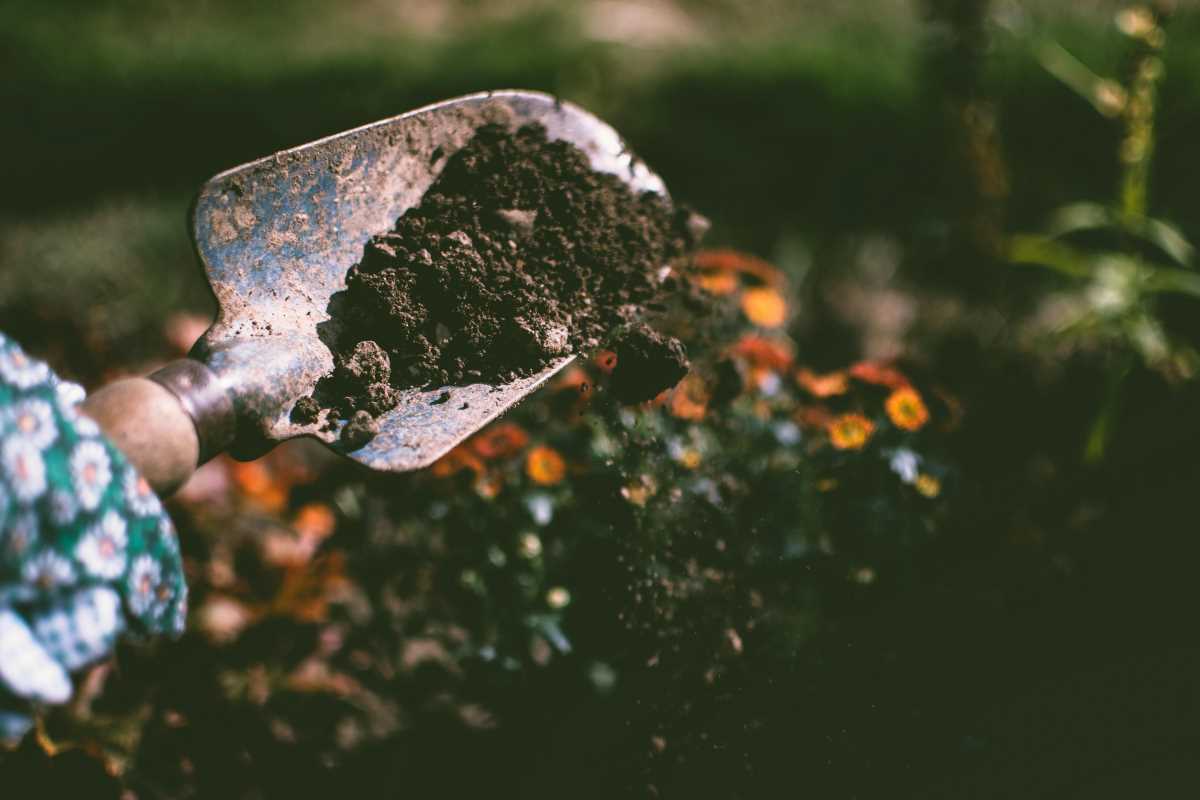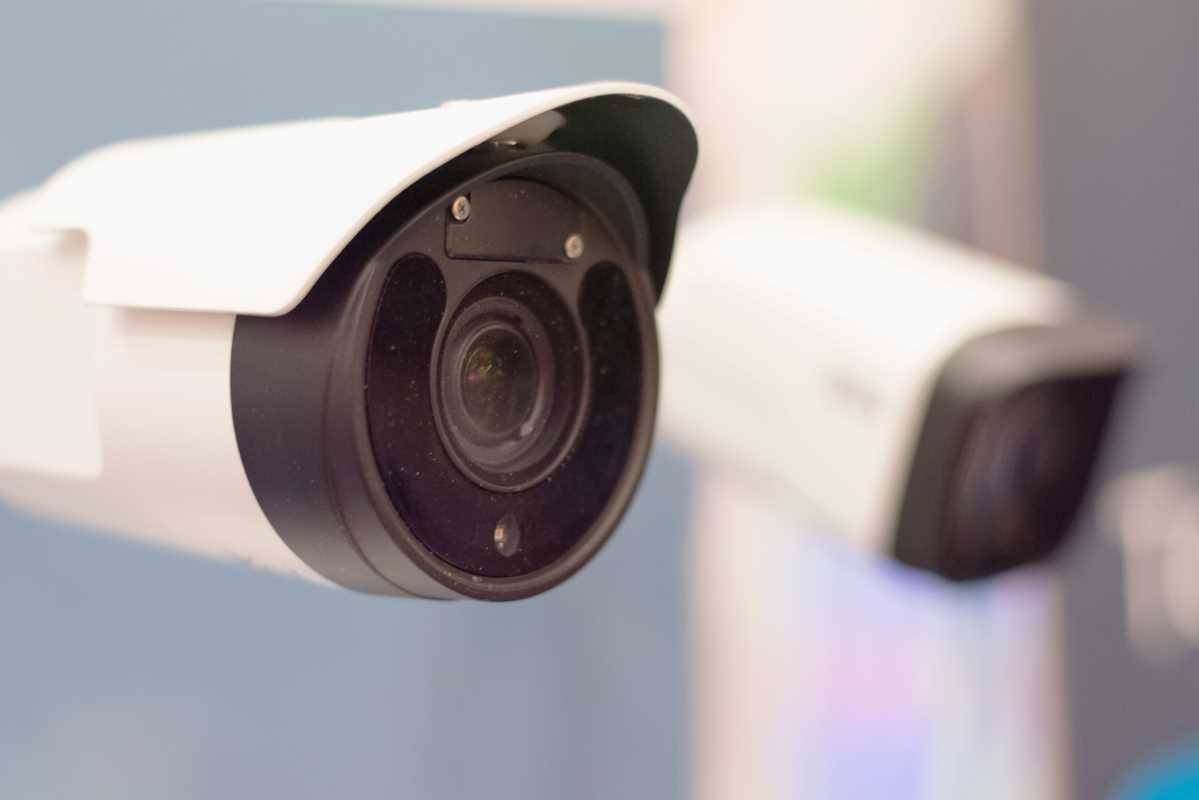Creating and maintaining compost piles on-site requires careful attention and regular effort. Landowners and residents with expansive properties often find it challenging to keep compost healthy and odor-free while ensuring efficient decomposition. Many people rely on manual checks and estimation, which can take up significant time and may not always yield the best results. Tasks like turning the pile or monitoring progress easily slip through the cracks when there are many responsibilities to juggle. Thanks to new developments in compost management, people can now maintain healthy compost with greater ease and less daily supervision, reducing frustration and improving overall outcomes.
Using technology to track compost conditions offers a clear advantage. It helps ensure the right balance of moisture, temperature, and aeration. This not only speeds up the composting process but also reduces waste and improves soil health. In this article, we’ll explore how compost monitoring systems are transforming on-site waste management for landowners and those managing larger areas. These tools turn a once manual and unpredictable task into a streamlined, reliable process that saves time and enhances results.
Fresh Perspectives on On-Site Composting
Compost monitoring systems change the way landowners think about waste management. Instead of relying on guesswork or periodic checks, these systems provide real-time data. This shift allows for quicker adjustments that keep compost in optimal condition. For example, when moisture levels drop, a system can alert you instantly, prompting you to add water before the compost dries out. Similarly, temperature sensors help ensure microbial activity remains high, speeding up the breakdown process.
Beyond efficiency, these systems also support healthier soil production. By maintaining ideal compost conditions at all times, landowners can produce richer, more nutrient-dense soil. The result is better crop yields or healthier landscape plants—without extra effort or guesswork. This approach transforms waste management from a reactive task into a proactive process, making composting more predictable and less stressful.
Implementing these tools also minimizes manual checks, freeing up time for other tasks. The ability to remotely monitor compost piles cuts down on unnecessary visits and allows for better planning. It turns compost management into a smarter, more sustainable activity that benefits both land and landowners alike.
Showcase: Top Compost Monitors in Action
- SmartCompostPro (USA, 2021) – This device offers multi-sensor technology for temperature, moisture, and oxygen levels. Its user-friendly app sends notifications directly to your phone, making it easy to manage compost remotely. Its affordability and accuracy have made it popular among landowners seeking reliable data without breaking the bank.
- EcoTrack (Europe, 2020) – Known for its durable construction, EcoTrack includes solar-powered sensors that withstand harsh outdoor conditions. Its real-time alerts help prevent compost from drying out or overheating. Landowners love its long-lasting battery life and straightforward setup process.
- NatureSense (Australia, 2022) – This monitor stands out with its integration options for weather data, giving users a broader view of environmental influences. Its adaptive algorithms optimize compost conditions automatically. It’s a top choice for large-scale composting operations that require precise control.
- CompostIQ (Canada, 2019) – Focusing on simplicity, CompostIQ provides a clear dashboard showing key parameters at a glance. Its cost-effective design makes it accessible for small landowners. A tip: regularly calibrate sensors for the most accurate readings over time.
- GreenSense (New Zealand, 2023) – The newest model on the market, GreenSense offers wireless connectivity and AI-based analysis. It learns from your composting habits, suggesting optimal turning times. This system works best when combined with regular visual inspections for best results.
Integrating Data for Peak Soil Performance
Data collected from compost monitors goes beyond simple alerts. Landowners can analyze trends over time to fine-tune their waste management practices. For example, if moisture consistently drops during dry spells, you can preemptively adjust water schedules. Tracking temperature fluctuations helps identify microbial activity dips, guiding you to turn the compost more frequently or add amendments.
Using integrated data also aids in planning for larger projects. By understanding how different conditions impact compost health, you can develop customized routines that maximize efficiency. The goal is to produce high-quality compost faster, with less effort and fewer surprises. Combining real-time monitoring with historical data creates a comprehensive picture of your composting landscape, leading to smarter decisions and better results.
Actionable Tips for Seamless Setup
- SoilMaster (local supplier, 2023) – Invest in a comprehensive kit that includes multiple sensors for different compost zones. Place sensors evenly throughout your piles to capture a full picture of conditions. A good tip: mark sensor locations with durable tags to monitor changes over time easily.
- CompostEase (online retailer, 2022) – Choose a system with wireless connectivity that pairs with your smartphone. This setup allows you to receive instant updates no matter where you are on your property. Remember to secure sensors against weather elements with protective covers.
- SmartCycle (regional distributor, 2021) – Use a monitor with automatic calibration features. This reduces manual adjustments and ensures ongoing accuracy. Also, position sensors at various depths to monitor different layers of your compost pile.
- EcoSense (specialty supplier, 2020) – Opt for devices with long battery life and solar charging options. Place sensors where they won’t be disturbed by animals or machinery. Keep a spare sensor on hand to swap out during maintenance.
- GreenTech (direct from manufacturer, 2023) – Set up a centralized dashboard that compiles all sensor data. Regularly review analytics to identify patterns and optimize your composting schedule. A tip: schedule routine sensor checks to maintain accuracy over time.
Monitoring systems revolutionize compost management by providing precise, real-time insights. With better data, landowners can produce richer compost faster and with less effort. The key lies in choosing the right tools and using the information effectively. By doing so, you’ll turn waste into a valuable resource that boosts soil health and sustainability.
Use these tools to improve your composting process and handle waste more efficiently. Start small, adjust as needed, and see better results over time.
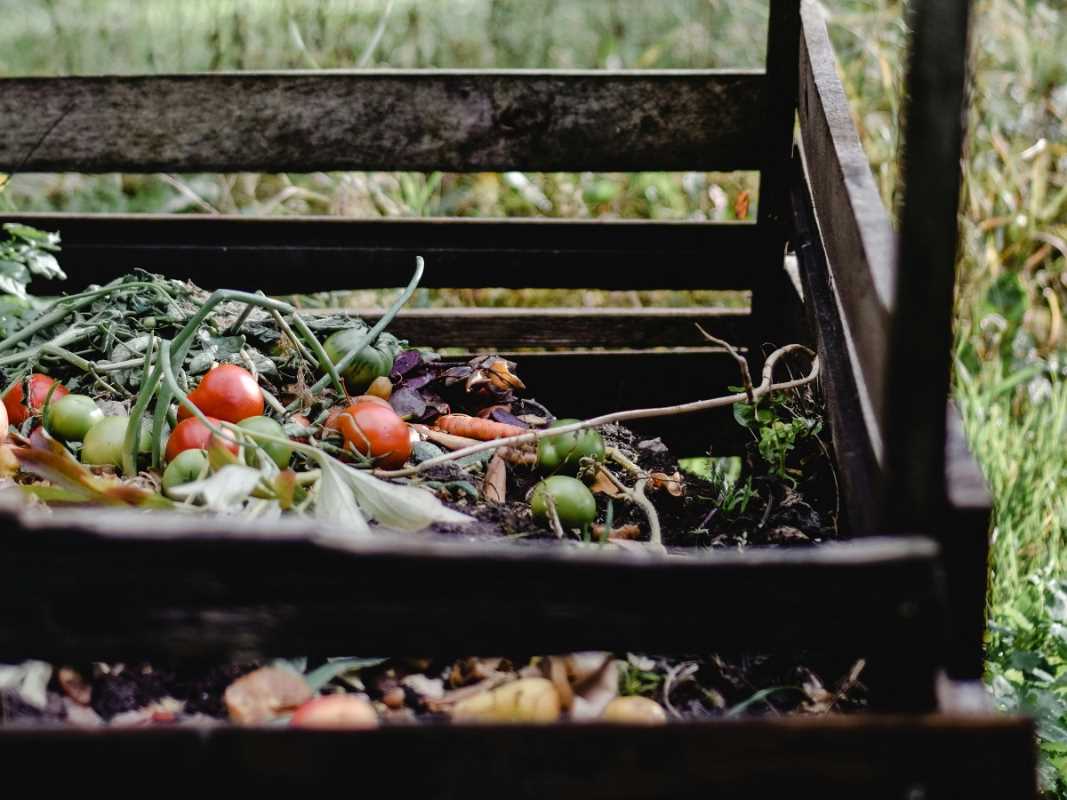 (Image via
(Image via